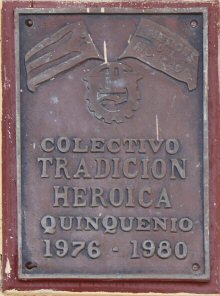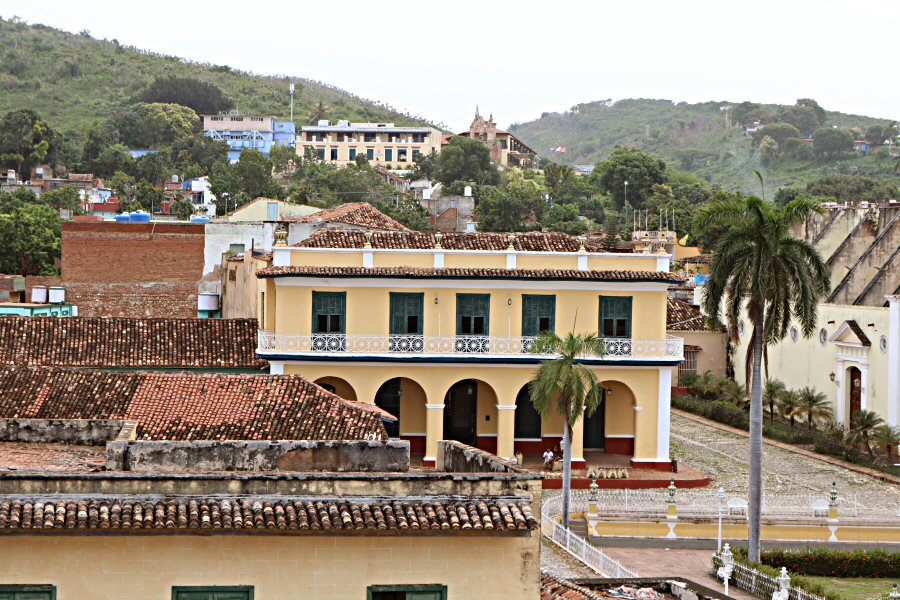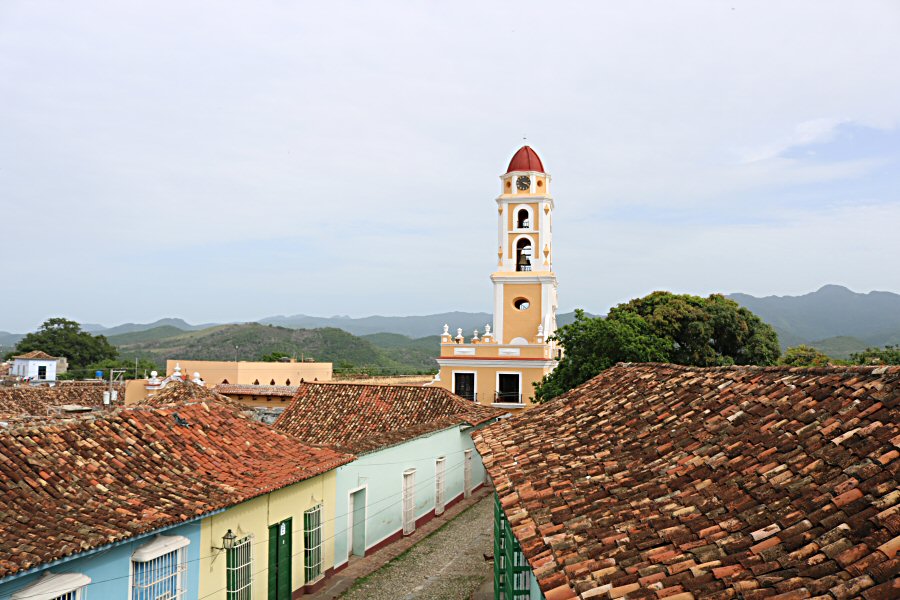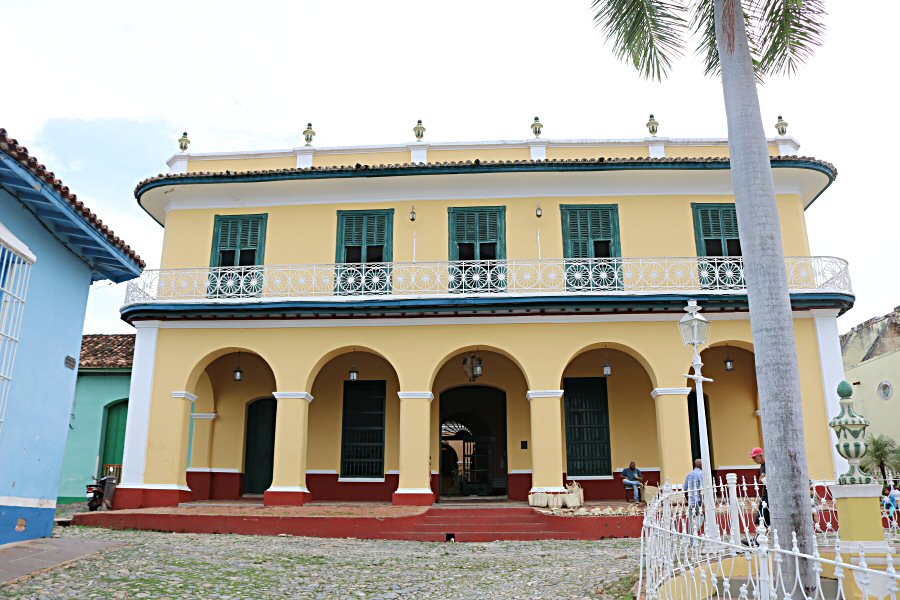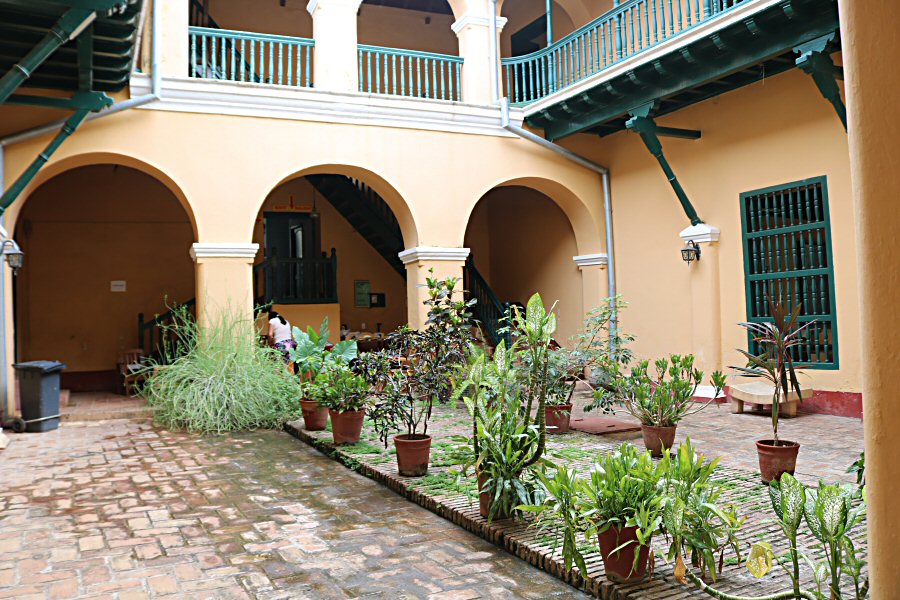Localization
Museo Romántico is located on the Cristo Street #52, at the corner of the Deseñgano Street, next to Plaza Mayor.
Opening Hours
Tuesday - Sunday 09:00 - 17:00
(Tuesday and Thursday closed at 22:00)
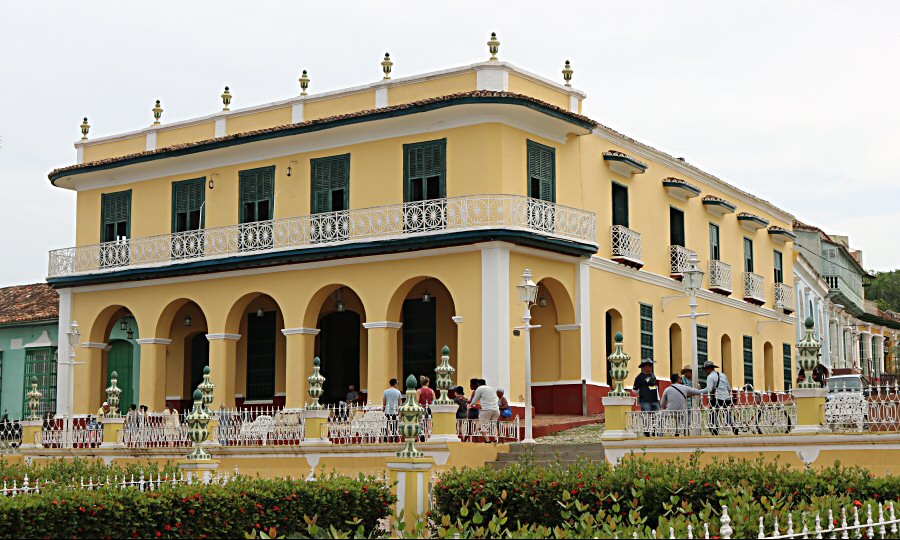

Built for the very wealthy Brunet family, the house itself is a magnificent example of the elegant 19th century domestic Cuban architecture. Now it serves as a museum that houses a superb and varied collection of the 19th century decorative objects including art, sculpture, furniture, fine cutlery, china, and glassware as well as examples of outfits from the era.
History
The building, which is currently two-storey, dates back to 1740, when it was only one-storey. The Silva y Álvarez Travieso family used the house that was in a space preferred by many illustrious and wealthy families, until 1807, when they sold it to the wealthy landowner José Mariano Borrel y Padrón. The new owner of the house started the construction of the upper floor and completed it one year later. José Mariano Borrel y Padrón (1787-1830) was a sugar baron, who had a fortune of millions of pesos off the back of hundreds of black slaves that worked under difficult conditions.
After the death of José Mariano Borrel y Padrón in 1830, the house was inherited by his daughter Angela Borrell y Lemus who married Nicolás Brunet y Muñoz, 1st Count of Casa Brunet, also a local merchant, less than a month after her father's death. The County of Casa Brunet is a Spanish nobility, created by a royal decree of Isabella II, Queen of Spain, in 1836 and granted in Cuba in favor of Nicolás Brunet y Muñoz. The Brunet family lived in this house until they emigrated to Spain in 1857. Thus, the house began to be called Brunet Palace. The Brunet Palace, together with the houses of Iznaga, Béquer, Cantero and Borrell, make up a group of houses to which oral tradition has granted the rank of "palaces" due to the magnificence of their ornamentation and furnishings, as well as the magnitude of their architectural scale in relation to that of the average Trinitarian home.
Later, the house was used by some dignitaries of the title Brunet as their official residence. In 1945 it was purchased and partially restored by the Asociación Pro Trinidad, a local tourism committee, and served as the headquarters of this association until 1964. The building, which underwent a thorough restoration in 1964, opened its doors as a museum under the name Museo Romántico on May 26, 1974.
